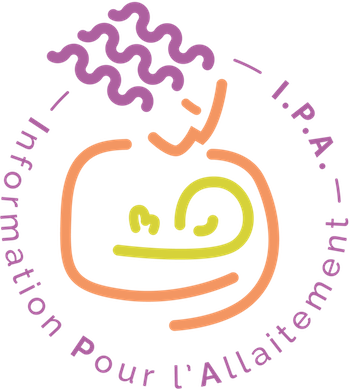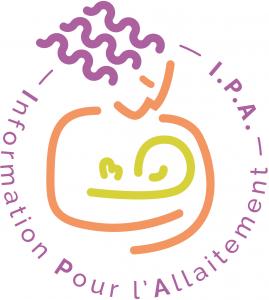Détail de l'indexation
|
|
Ouvrages de la bibliothèque en indexation ET.1 (15)
 Ajouter le résultat dans votre panier Faire une suggestion Affiner la recherche
Ajouter le résultat dans votre panier Faire une suggestion Affiner la rechercheArticle : texte imprimé
JE Dodgson, Auteur ; Marie Tarrant, Auteur ; DY Fong, Auteur |BACKGROUND: An understanding of patterns of breastfeeding is necessary for the effective implementation of breastfeeding promotion and intervention programs. In Hong Kong, little current data have been gathered on women's breastfeeding rates. Th[...]Article : texte imprimé
Article : texte imprimé
SC Seymour, Auteur |This article provides an intracultural examination of John Whitings household size and infant indulgence hypothesis. Inspired by Ruth H. Munroe and Robert L. Munroe's effort to replicate Whiting's holocultural study with an intracultural study a[...]Article : texte imprimé
EA Nelsen, Auteur ; W Schiefenhoevel, Auteur ; F Haimerl, Auteur |OBJECTIVE: To described child care practices associated with an increased risk of sudden infant death syndrome (SIDS) in nonindustrialized 19th and 20th century societies. METHODOLOGY: The Human Relations Area Files collection is a unique source[...]Article : texte imprimé
SJ Gray, Auteur |Variation in the duration and pattern of breast-feeding contributes significantly to inter-population differences in fertility. In this paper, measures of suckling frequency and intensity are used to compare the effects of breast-feeding practic[...]Article : texte imprimé
DW Sellen, Auteur |The observation that young child-feeding practices rarely conform to current global recommendations is of major public health nutrition policy concern and raises questions about whether near-universal compliance with recommendations is feasible [...]Article : texte imprimé
In this paper, a carefully structured retrospective study of breastfeeding behavior among nomadic Turkana is used to identify environmental, biobehavioral, and socioeconomic factors associated with variation in breastfeeding frequency among Turk[...]Article : document cartographique imprimé
P Kaewsarn, Auteur ; W Moyle, Auteur |Breastfeeding's crucial role in infant health is universally recognised and yet there are a number of influences on the duration of breastfeeding. This quantitative study undertaken in Thailand explored whether personal beliefs and values influe[...]Article : texte imprimé
Chinese studies indicate that the growth of rural infants and children lags behind that of their urban counterparts after 4 mo of age and that the gap is widening. However, the rural areas are home to > 85% of China's 300 million children. Clear[...]Article : texte imprimé
An ethnographic field study design was used to explore infant feeding among 20 West Indian women on the island of St. Croix, United States Virgin Islands. Two styles of infant feeding emerged from the data, "older style" and "contemporary style.[...]Article : texte imprimé
R Drewett, Auteur ; K Amatayakul, Auteur ; L Wongsawasdii, Auteur |A group of 60 infants representative of a rural Thai population were studied longitudinally over the first year of life. Their breast milk intake, supplementary food intake and nursing patterns were measured for 2 consecutive days at about 15, 4[...]Article : texte imprimé
SM Imong, Auteur ; DA Jackson, Auteur ; L Wongsawasdii, Auteur |A random sample of 52 mothers and infants from a rural area of Northern Thailand were studied in their homes for 48 h. Infants were breast fed on demand. Daytime feeds were test weighed with electronic averaging balances and nighttime intake est[...]Article : texte imprimé
ML Guerrero, Auteur ; RC Morrow, Auteur ; JJ Calva, Auteur |Résumé disponible en françaisArticle : texte imprimé
Background: The relationship of cultural factors to the breastfeeding patterns has been documented. Given previous reports of the increased frequency and duration of breastfeeding in Orthodox Jewish women, an analysis of the religious and cultur[...]Article : texte imprimé
DW Sellen, Auteur |A small-scale, prospective study of breastfeeding and weaning practices was conducted in a seminomadic pastoral population in northern Tanzania (Datoga of Mbulu District, Arusha Region). Focus group participants suggested that weaning patterns a[...]

 ET.0 Ethnologie - Anthropologie : Généralités
ET.0 Ethnologie - Anthropologie : Généralités



